The distillation
A millimeter art
At the end of harvesting, the distillation unit is prepared. Distillation requires a lot of care. It lasts five months and must be completed at the latest on the 31st of March of the year following the harvest.
The soil, the climate and the type of vines used are essential to the quality of the cognac. However, the know-how in distillation is just as important, and a lot more than people think . The « Charentaise » distillation is more of an art than a technique because no precise rules are set.
THE STILL
An essential tool whose quality will impact Cognac

the oignon-shaped boiler
still head
The swan neck
The swan neck links the top of the still head to the cooler
heat exchanging device
It is followed by the heat exchanging device which has the same capacity as the boiler and the swan neck
THE PIPE
The pipe is a cylindrical container filled with cooling water, which enables the condensation of vapours and the cooling process in the coil (cf the assembly diagram).
THE EXPERIENCE OF A GREAT DISTILLATOR
Extreme concentration
A DEMANDING PROCESS
The « Charentaise » distillation
OBTAINING A “BROUILLIS”
The “première chauffe”
The first distillation (« première chauffe ») consists in distillating the wine to obtain the first distillate called » brouillis ».
The wine is poured into the boiler with or without the dregs according to the method used. The moderate heating will progressively bring the liquid to the boil. The alcohol vapours obtained are condensed in the cooler and flow into a cylinder containing an alcoholometer and are directed to a holding tank.
Three wine distillations are required to obtain enough brouillis for the second distillation.
FROM “BROUILLIS” TO COGNAC
The “bonne chauffe”
The « repasse » or « chauffe » or « bonne chauffe » is a second distillation which will give the Cognac spirit, once the head and tail of the distillation have been discarded.
This « bonne chauffe » consists of three steps :
- The distillation heads are milky and have a very high alcohol content
- the middle cut or heart is a clear wine spirit that will be kept to make cognac
- Puis les « queues » marquent la fin du distillat, dépourvues d’arômes et à faible titre alcoométrique
The cut will separate the heart from the tails : this step is difficult and requires a subtle sense of smell on the part of the distiller who remains close to the still and must select the best timing for the cut.
Heads and tails are distilled again with wine while the heart of the « bonne chauffe » will be stored in oak casks to start its ageing process.
A SUSTAINABLE INVESTMENT
The demand for a premium product
Our still, built in 1974, was remodelled and fitted with automatic control devices when we had it installed in 2011.
The quality of our product strongly depends on this equipment, and that’s why we take great care of the use and maintenance of our still.
It has a moderate capacity of 15 hectoliters which allows us to produce fine spirits with a specific character. Thanks to the know-how of our distiller Jean-Yves, we produce quality spirits with rich floral character.
The aromatic content will be improved through the contact with the oak casks, giving our Cognac its unique personality.

